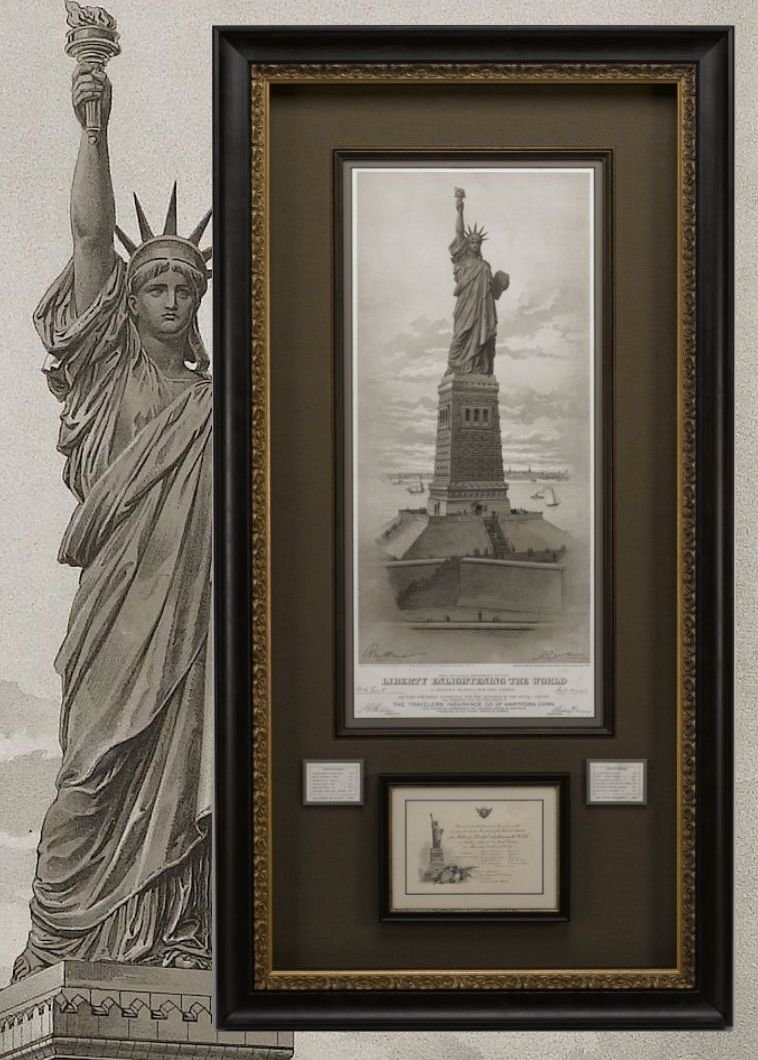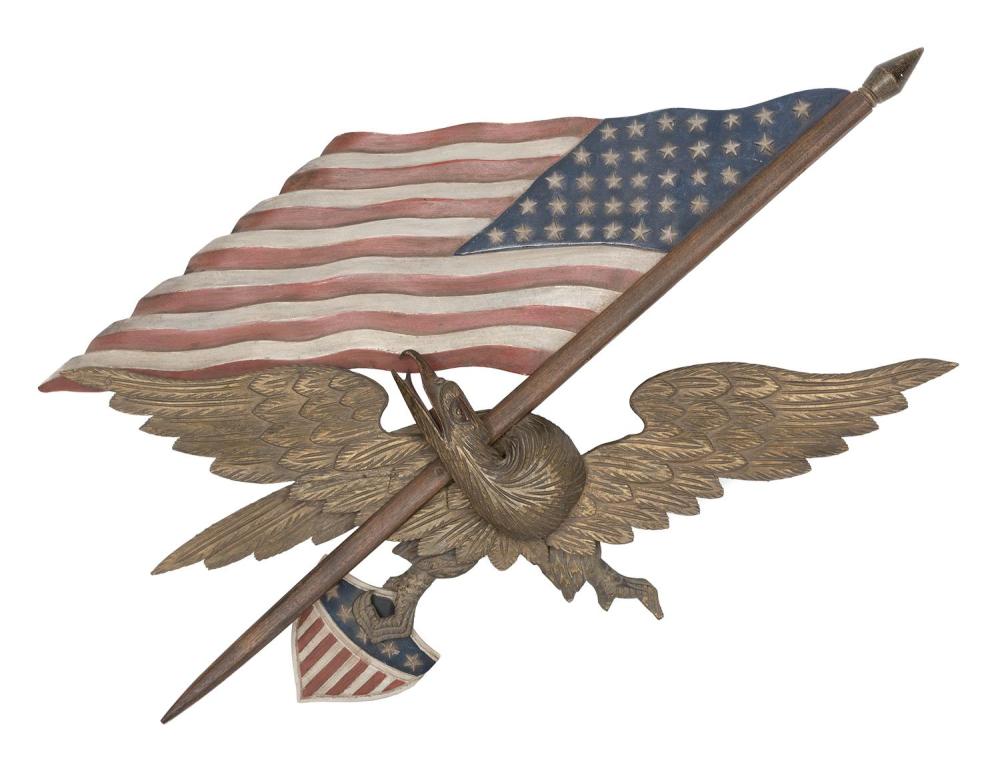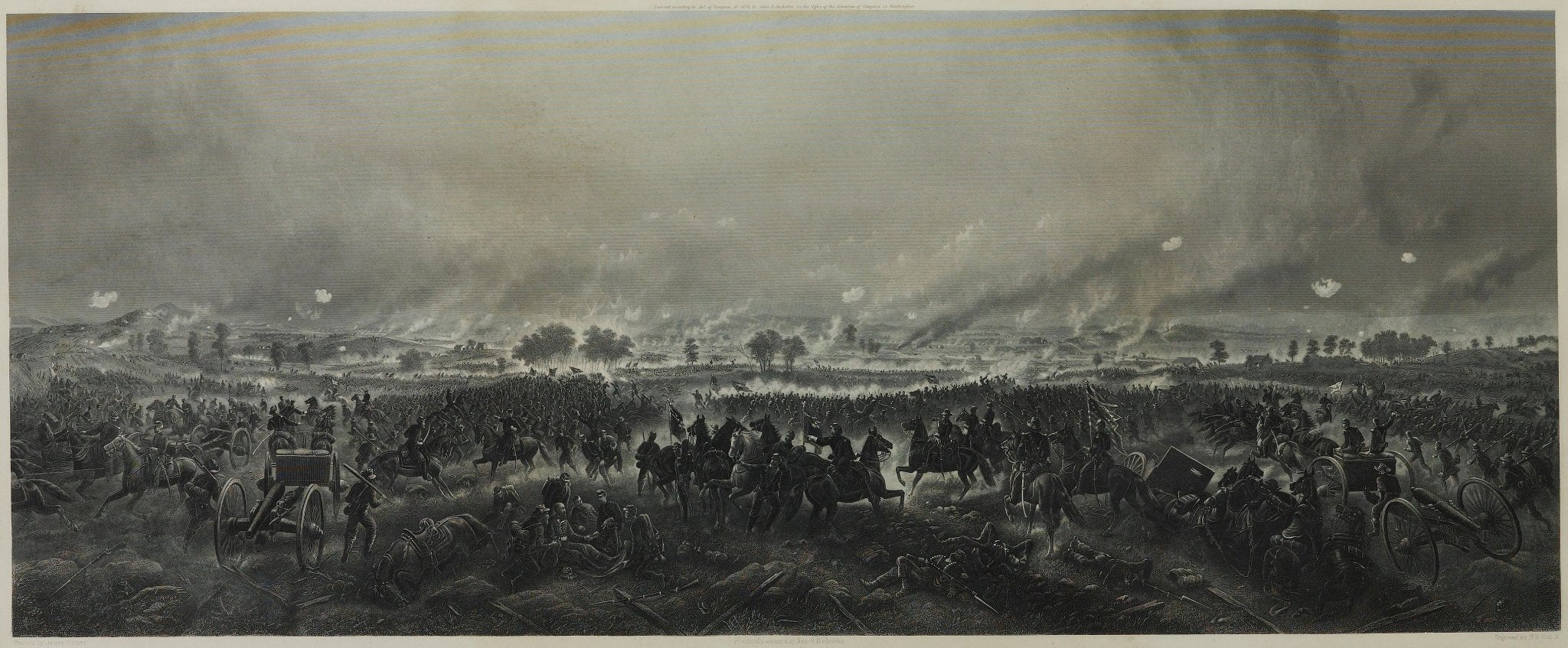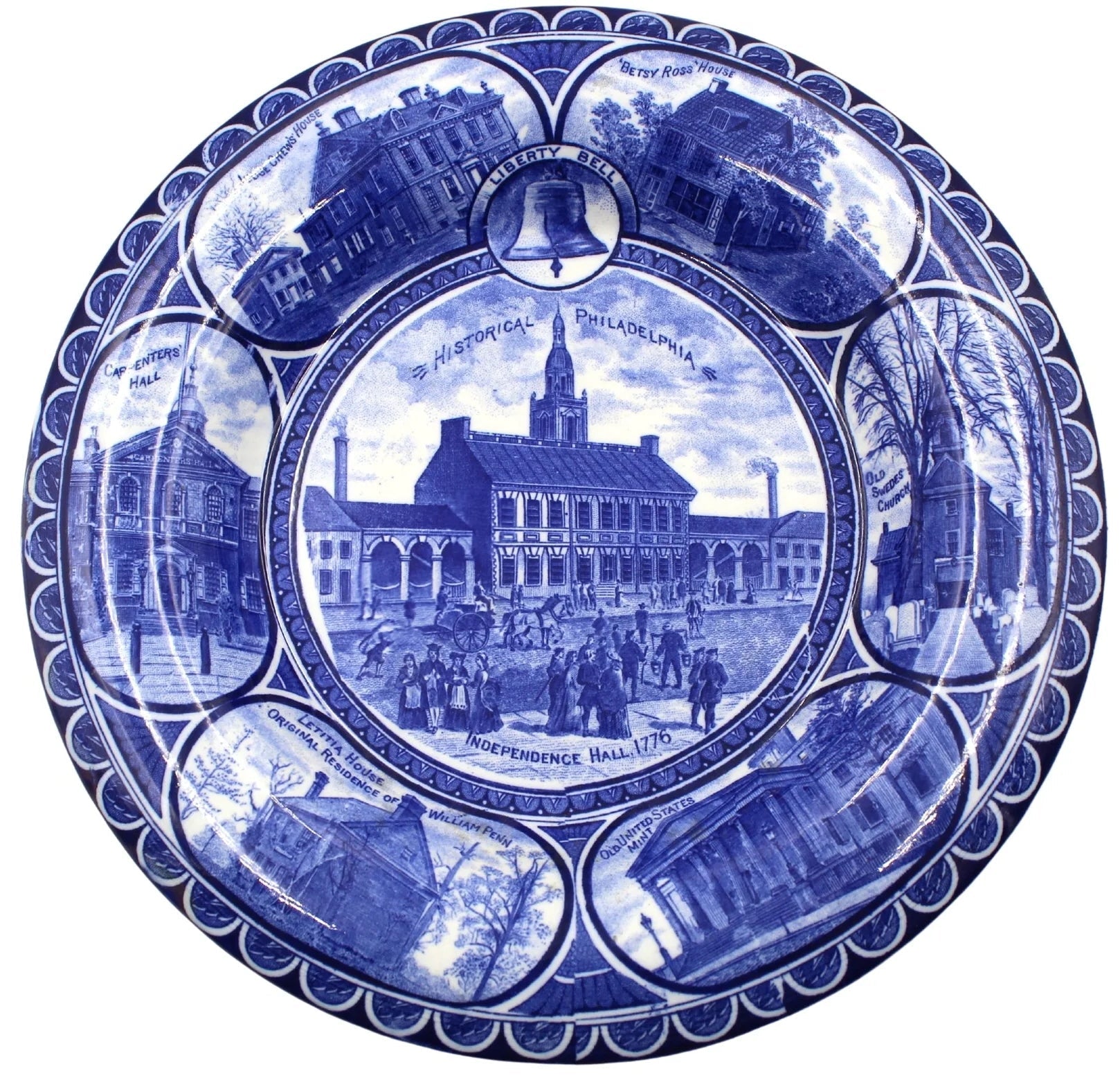"Blood Stripe" American Flags
American flags have been designed in varying colors, sizes and styles over American history. Though flag makers and craftsmen alike kept the standard flag as red and white stripes with white stars on a blue canton, flags varied tremendously. One interesting interpretation of the flag was used during wartime, when flags were created with a canton resting on a red stripe, rather than a white stripe as it was normally seen. This is called a “blood stripe,” and it often denotes a time when America was at war.
Traditionally and most commonly, the canton of the flag held seven stripes, made up of alternating red and white stripes that begin and end with red. This allowed for the stripe below the canton to be white. It is only in times of war that flags would have been created with the “blood stripe.”
Though “blood stripes” and other design features were common practices among flag makers, there was no regulation on the production of American flags until the early 20th century. Though “blood stripes” and certain star patterns became common practice, they were not law and were thus not always honored by flag makers. This is why we will, very rarely, find flags that rest on a “blood stripe,” but are determined to have been produced outside of wartime.
This flag in particular dates to the Indian Wars, a protracted series of conflicts between Native American Indians and white settlers over land and natural resources in the West. The 38-star flag was designed between 1876-1890, when Colorado was the most recent to become a U.S. state.
Keep an eye out for “blood stripes!” They will tell you more about the history of the flag and when it could have been flown.






